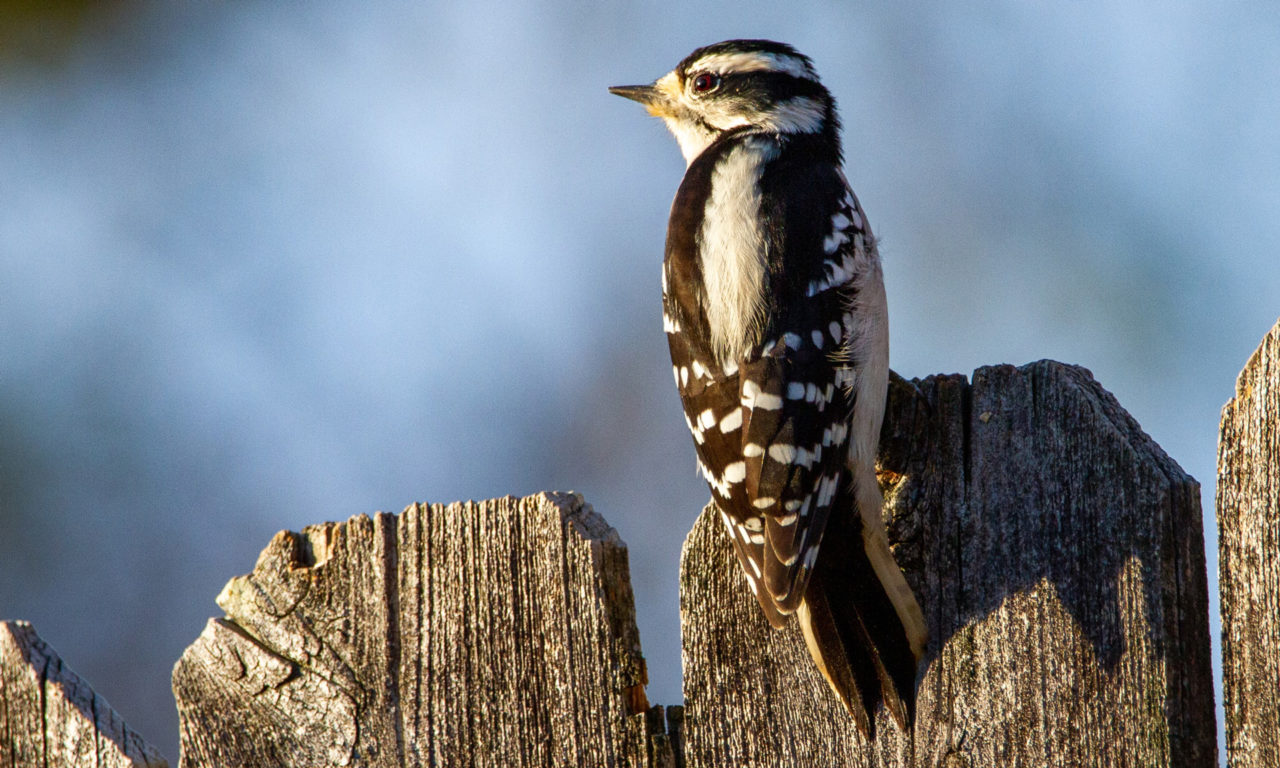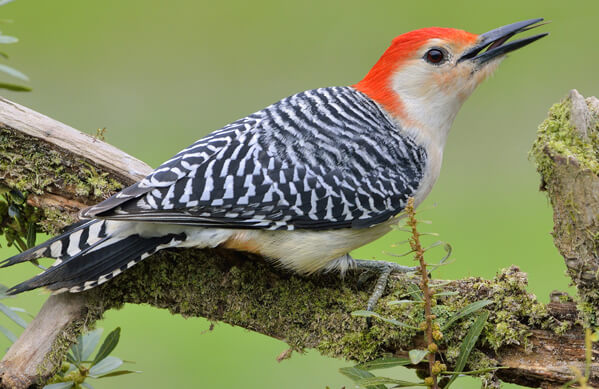Checking Out Woodpeckers in Florida Habitats: Where to Find These Birds
Checking Out Woodpeckers in Florida Habitats: Where to Find These Birds
Blog Article
Discover the Fascinating Globe of Woodpeckers: Whatever You Need to Know
The globe of woodpeckers is a realm loaded with unique habits, intricate adaptations, and a varied range of types. From their habitats and distribution patterns to their feeding behaviors and specialized anatomical functions, woodpeckers have actually long captivated the rate of interest of ornithologists and nature fanatics alike.
Woodpecker Habitats and Circulation
Woodpeckers occupy a varied variety of settings worldwide, showcasing versatility in their distribution patterns. These resistant birds are discovered in woodlands, woodlands, savannas, and deserts across different continents, showing their capacity to flourish in different climatic conditions. In North America, as an example, woodpeckers can be identified in both coniferous and deciduous woodlands, using their solid beaks to forage for pests and develop nesting dental caries in trees. In a similar way, in Africa, particular woodpecker types have actually adjusted to dry environments, such as the acacia woodlands, where they play an essential duty in controlling insect populaces.

Feeding Behaviors and Diet Plan
Amongst the numerous facets of their actions, woodpeckers show distinctive feeding habits and dietary choices. These birds are primarily insectivores, with a diet that includes ants, beetles, caterpillars, and various other pests located in trees. Woodpeckers utilize their solid beaks to pierce right into the bark of trees, probing for bugs and larvae hidden below the surface area. In enhancement to pests, woodpeckers additionally eat nuts, seeds, fruits, and sap. Some types have actually specialized tongues with barbed suggestions that assist them extract insects from holes in timber.
Woodpeckers are known for their drumming behavior, which offers not only to communicate with other woodpeckers yet additionally to situate food. The fast drumming noise is produced by the bird pecking on powerful surfaces like dead trees or metal posts. This habits can bring in pests hidden in the wood, allowing the woodpecker to detect their visibility and eat them.
Distinct Adaptations for Tree Climbing
In their experienced pursuit of insects hidden within tree try this out bark, woodpeckers have developed exceptional physiological attributes that outfit them with unique adaptations for efficient tree climbing. Woodpeckers have strong neck muscles and a distinct skull structure that take in the effect of continuous pecking, enabling them to climb up and down without causing harm to their brains. These adaptations showcase the unbelievable evolutionary style that enables woodpeckers to browse trees with precision and efficiency.
Diverse Woodpecker Species Worldwide
With over 200 different species spread across various habitats worldwide, the household of Picidae encompasses an amazing diversity of woodpeckers. These birds can be located in forests, woodlands, savannas, and even city locations, showcasing their adaptability to various settings. From the renowned Northern Flicker in North America to the vivid and evasive Crimson-backed Flameback in Asia, each woodpecker types exhibits one-of-a-kind qualities in regards to quill, habits, and habitat choice.
Woodpeckers vary considerably in size, with the diminutive Downy Woodpecker measuring around 6-7 inches in size, while the powerful Lineated Woodpecker can get to up to 17 inches - Woodpeckers in Florida. Their beaks likewise are available in different shapes and dimensions, showing their feeding habits. Some varieties concentrate on removing insects from tree bark, like the Acorn Woodpecker, while others, such as the Black-cheeked Woodpecker, prey on fruits and seeds
/https://tf-cmsv2-smithsonianmag-media.s3.amazonaws.com/filer_public/30/ac/30acf469-09cd-4fcc-a812-1aa30f477578/aprmay2024_l09_woodpeckers.jpg)
Preservation Efforts and Challenges
Conservation efforts for woodpecker populations are important in reducing the effect of environment loss and various other threats facing these diverse avian species. Woodpeckers encounter different obstacles to their survival, mostly because of deforestation, urbanization, climate adjustment, and intrusive types. To resolve these problems, preservation efforts concentrate on safeguarding and recovering woodpecker habitats, implementing sustainable forestry methods, and increasing awareness regarding the relevance of these birds in communities.
One considerable difficulty in woodpecker preservation is the fragmentation of their environments, resulting in isolated populaces that click resources are extra vulnerable to termination - Woodpeckers in Florida. Guardians function to produce wild animals corridors and secured areas that connect these fragmented habitats, enabling woodpeckers to relocate in between different areas for feeding, reproducing, and shelter

Conclusion
In verdict, woodpeckers are fascinating birds with unique adjustments for tree climbing and feeding behaviors. Additional research and preservation try this website actions are needed to make sure the survival of woodpeckers in the wild.
Report this page